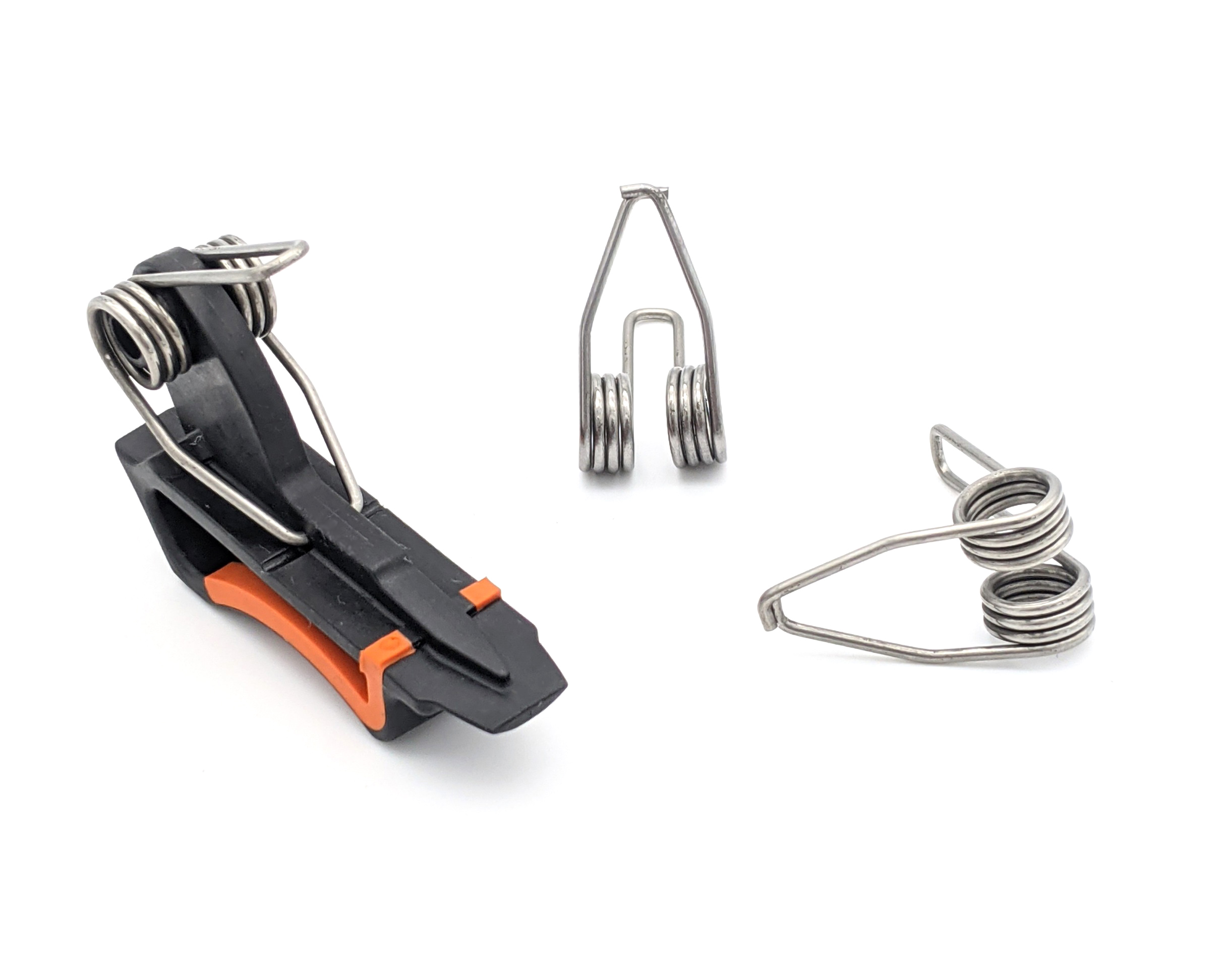Get unique, complex parts easily. No matter your requirements, Chaoyi Spring creates hard-to-produce coil springs and wire forms.
Let us help you create the custom wire form you need, from S-hooks and J-hooks to utility hooks and more.
We work closely with customers across a wide range of industries, helping them design and manufacture made-to-order parts.
Why choose Chaoyi Spring? We prioritize customer-focused collaboration, modern equipment and the latest technology to make your parts per print.
Find the information and guidance you need, from measuring a spring to learning about materials, placing an order and much more.
Arc springs, also known as helical springs, are ubiquitous in our daily lives, silently working to ensure smooth operation and stability in countless applications. From the suspension systems of our


Arc springs, also known as helical springs, are ubiquitous in our daily lives, silently working to ensure smooth operation and stability in countless applications. From the suspension systems of our cars to the delicate mechanisms of our electronic devices, these seemingly simple coils of wire play a vital role. But what exactly makes arc springs so resilient and versatile? This article delves into the construction and applications of arc springs, exploring the fascinating science behind their unique properties and the diverse range of scenarios where they excel.

At its core, an arc spring is a coiled wire formed into a helix. The key to their resilience lies in their ability to store and release mechanical energy. When subjected to a force, the spring compresses or extends, storing potential energy within its coils. This stored energy is then released upon the removal of the force, restoring the spring to its original shape. The key parameters determining the characteristics of an arc spring are the material used, the wire diameter, the coil diameter, and the number of coils.
The choice of material is paramount in determining the performance of an arc spring. Steel, with its exceptional strength and resilience, is the most common material used. But the specific alloy used can drastically influence the spring's characteristics. For instance, high-carbon steel offers superior strength but can be brittle, while stainless steel provides excellent corrosion resistance and can withstand harsh environments. Selecting the right alloy is crucial for ensuring the spring meets the demands of its intended application.
While steel remains the workhorse of arc spring manufacturing, there are instances where alternative materials are preferred. For applications demanding high conductivity, copper alloys shine. When biocompatibility is a priority, medical-grade alloys or even polymers may be used. The choice of material ultimately hinges on the specific requirements of the application, ensuring the spring can perform its intended function reliably and safely.
Arc springs are not a one-size-fits-all solution. They come in various forms, each tailored to specific applications. Compression springs, the most common type, are designed to absorb compressive forces. Extension springs, on the other hand, are used to resist tensile forces. Torsion springs are designed to resist twisting forces, finding applications in everything from door hinges to automotive suspension systems. The type of arc spring chosen is crucial for optimizing performance and ensuring the desired behavior in a given system.
The resilience and versatility of arc springs make them invaluable components across a wide spectrum of industries. In automotive applications, arc springs play a critical role in suspension systems, providing a smooth ride and absorbing shocks from road imperfections. In electronic devices, miniature arc springs are used to ensure proper contact pressure between components, ensuring smooth operation and preventing failures. In medical devices, arc springs are used in everything from surgical instruments to prosthetic limbs, providing both flexibility and strength where needed.
The world of arc springs is constantly evolving, with engineers constantly pushing the boundaries of their design and application. Advancements in materials science have led to the development of lighter, stronger, and more durable arc springs, expanding their capabilities even further. New manufacturing processes, like additive manufacturing, offer greater design flexibility and the potential to create highly complex spring geometries, opening new possibilities for optimization and performance.
As we move towards a more sustainable future, arc spring technology is poised to play a pivotal role in achieving greater efficiency and sustainability. From energy-efficient designs to the development of recyclable materials, the future of arc springs looks promising. With ongoing research and development, we can expect to see even more innovative applications of this ubiquitous and essential component in years to come.
Arc springs, though often unseen, are fundamental components in countless systems, contributing significantly to our modern world. Their resilience, versatility, and adaptability have made them essential for a wide range of applications, from the mundane to the cutting-edge. As our technological landscape continues to evolve, arc springs are sure to remain a cornerstone, providing the essential force needed to drive innovation and progress.
Browse some of the custom wire forms and springs that we manufacture. Don’t see what you need? We specialize in made-to-order products that meet your application requirements.
Visit Our GalleryNeed a custom wire form or coil spring? We make it work. Fill out the contact form and a representative will respond within 1 business day. If you have a PDF or CAD file, you can submit to request a quote.